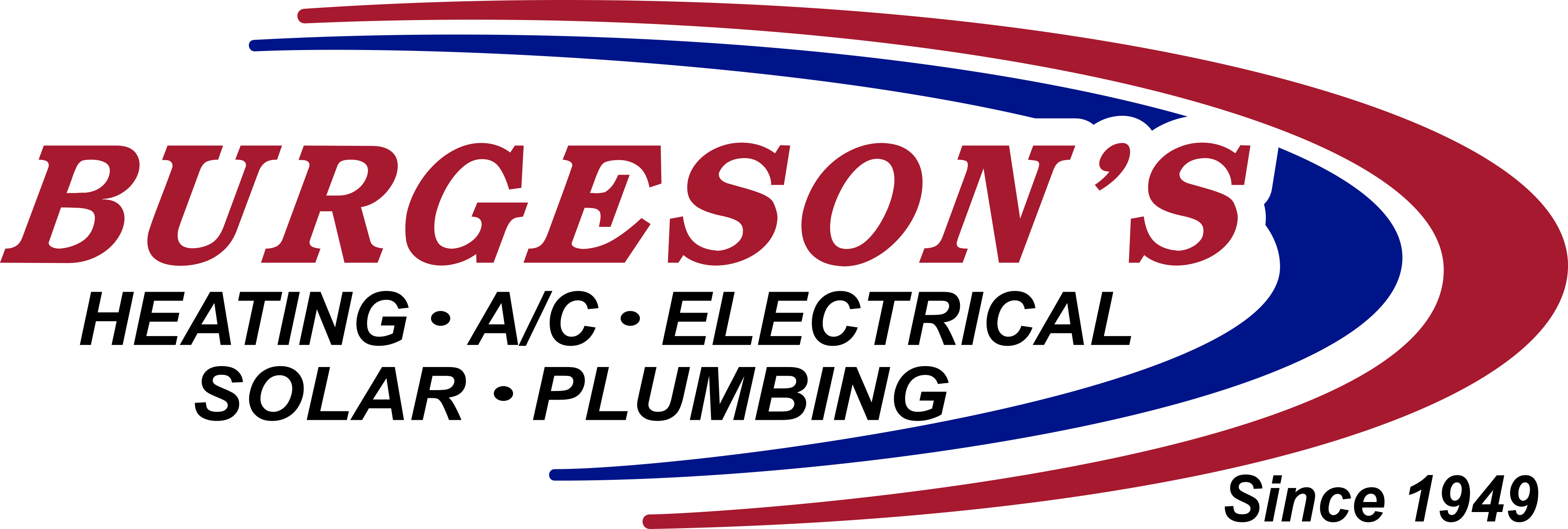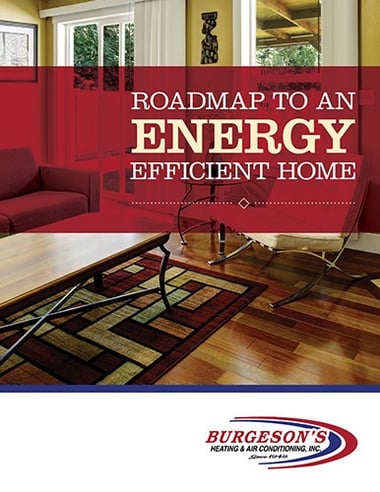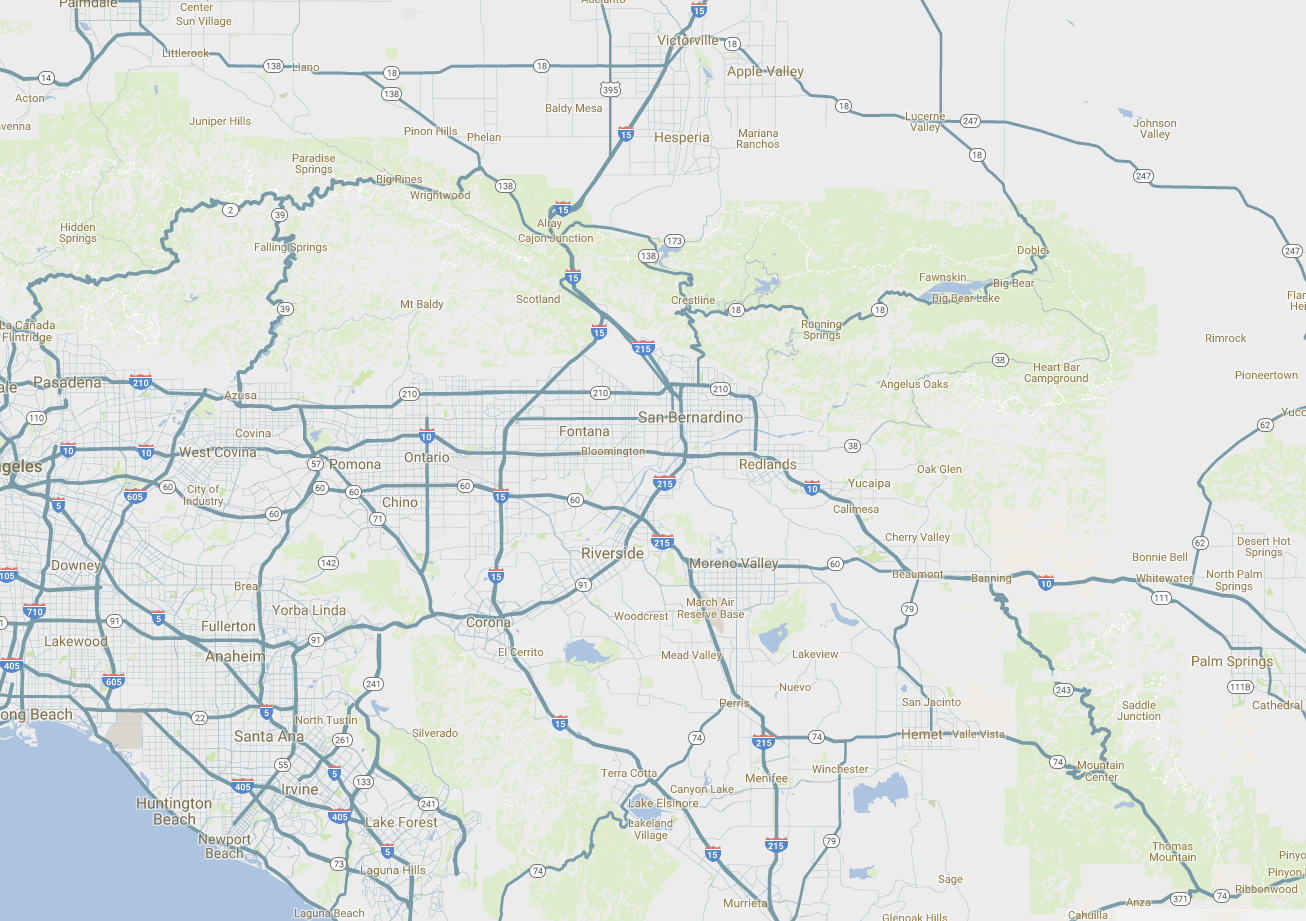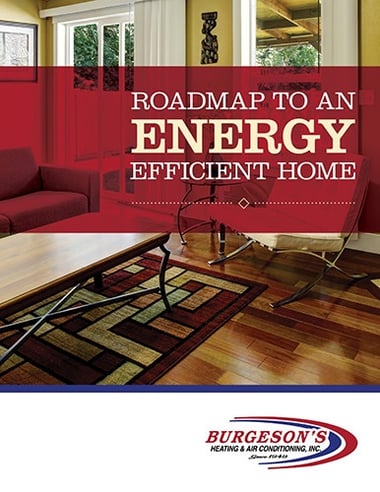Table of Contents
- How Do Mini-Split Ductless Heat Pumps Work?
- Where Are Mini-Split Ductless Heat Pumps Used?
- Pros and Cons of Mini-Split Ductless Heat Pumps
- Installation and Cost of Mini-Split Ductless Heat Pumps
- Types of Mini-Split Ductless Heat Pumps
How Do Mini-Split Ductless Heat Pumps Work?
If you’re wondering, "What is a ductless heat pump?" here's the answer: A ductless heat pump is an energy-efficient HVAC system that provides heating and cooling without the need for ductwork.
Mini-split ductless heat pumps consist of an outdoor compressor unit and one or more indoor air-handling units connected by a conduit. This conduit houses power cables, refrigerant tubing, and a condensate drain line. These systems use inverter technology to transfer heat rather than generate it, making them highly efficient.
So, how does a mini-split ductless heat pump work? In cooling mode, it transfers heat from inside the home to the outdoors. In heating mode, it reverses the process, extracting heat from outside (even in cold weather) and transferring it indoors.
By avoiding the energy losses associated with ductwork, mini-split ductless heat pumps achieve remarkable efficiency. This process allows homeowners to enjoy consistent comfort year-round while reducing their energy bills.
Where Are Mini-Split Ductless Heat Pumps Used?
What is a mini-split ductless heat pump & why is it ideal:
- Homes Without Existing Ductwork: Older homes or buildings without traditional ductwork benefit greatly from ductless systems.
- Add-On Rooms: Perfect for spaces like sunrooms, garages, home offices, or guesthouses where extending ductwork is impractical.
- Multi-Zone Applications: Ideal for larger homes needing independent temperature control in different areas or zones.
- Energy-Conscious Homes: Smaller homes or apartments where central HVAC systems might consume unnecessary energy.
For homeowners asking, "What is a mini-split ductless heat pump?" and "Where can I use one?" the answer lies in its unmatched versatility. These systems adapt seamlessly to various residential and commercial applications.
Pros and Cons of Mini-Split Ductless Heat Pumps
Pros:
- Energy Efficiency: High SEER and HSPF ratings lead to significant energy savings over time.
- Zone Control: Ductless systems allow independent heating and cooling of specific areas, reducing energy waste.
- Easy Installation: No need for ductwork makes installation quicker, less invasive, and more affordable.
- Quiet Operation: Modern designs ensure low noise levels, with some systems operating as quietly as 29 dB.
Cons:
- Ductless Heat Pump Cost: Initial installation costs range from $7,500 to $15,000 depending on the system size and complexity.
- Maintenance Needs: Regular filter cleaning and occasional professional maintenance are necessary to maintain efficiency.
- Aesthetic Concerns: Wall-mounted units may not align with all interior design preferences.
Despite some drawbacks, the mini split installation offers a highly efficient solution to modern heating and cooling challenges. By understanding both the pros and cons, homeowners can determine if these systems are the right fit for their needs.
Installation and Cost of Mini-Split Ductless Heat Pumps
When considering the mini-split ductless heat pump cost, it’s essential to evaluate several factors that influence pricing. Homeowners frequently ask, "How much does a mini-split ductless heat pump cost to install?" Here’s what you need to know:
Average Installation Costs:
- Single-Zone Systems: $7,000 to $8,000
- Multi-Zone Systems: $15,000 to $20,000 or more
Factors Affecting Costs:
- Number of Indoor Units: More zones require additional units, increasing costs.
- System Capacity: Larger systems capable of heating and cooling bigger spaces come with higher price tags.
- Labour and Installation: Complex installations, such as multi-zone systems or retrofitting older homes, require more labour and expertise.
Installation Process:
- Mounting Indoor Units: Units are installed on walls or ceilings in the desired zones.
- Connecting the System: Indoor units connect to the outdoor compressor via a conduit housing power and refrigerant lines.
- System Testing: Professionals ensure the system operates efficiently and meets the homeowner’s comfort needs.
While the upfront costs may seem high, the energy savings and increased comfort often make ductless heat pumps a worthwhile investment.
Types of Mini-Split Ductless Heat Pumps
Homeowners exploring "What is a mini-split ductless heat pump?" should understand the different types available:
Single-Zone Systems:
- Designed for heating or cooling one specific area.
- Ideal for garages, sunrooms, or home offices.
Multi-Zone Systems:
- Capable of serving multiple rooms or zones with individual temperature control.
- Great for larger homes or buildings requiring independent climate control.
Ceiling Cassette Units:
- Mounted on the ceiling for a less obtrusive appearance.
- Provide even airflow distribution throughout the room.
Floor-Mounted Units:
- Positioned closer to the floor, making them suitable for rooms with limited wall space.
- Easier to access for maintenance and cleaning.
Each type caters to different needs, so consulting a professional can help homeowners choose the best fit for their home.
Mini-split ductless heat pumps are a versatile, energy-efficient solution for modern homes. By understanding how a mini-split ductless heat pump works and evaluating the mini-split heat pump cost, homeowners can make an informed decision.
Whether you’re looking to enhance comfort in a single room or throughout your entire home, mini-split ductless heat pumps provide a reliable and sustainable option.
Contact us today to explore your options and find the perfect system for your needs!












